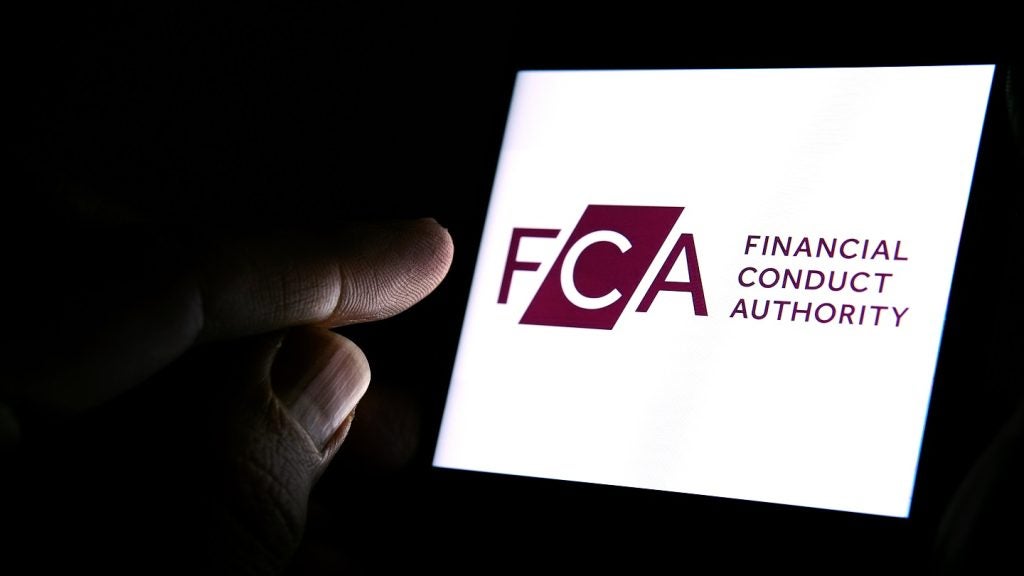Titien Ahmad talks to Rungruang
Sukkirdkijipoon, executive vice-president of retail lending,
products and customer relationship management at Siam Commercial
Bank, about the bank’s leading role in Thailand’s dynamic retail
banking market – a market in which foreign groups such as GE Money
and ING now compete.
Siam Commercial Bank (SCB), the third-largest bank in Thailand
by assets, leads the Thai retail banking market with its
customer-centric approach. It posted a fifth consecutive year of
positive earnings for its unaudited 2007 operating results with an
increase in net operating profit of 31 percent. According to the
bank’s president, Kanikar Chalitaporn, the results were driven by
three main factors. The first has been the robust growth of net
interest and dividend income, up by 20.3 percent, due in part to
total lending growth of 16.1 percent year-on-year. Of this total
loan growth, the SME loan portfolio was up by 38.5 percent.
Mortgage loan and hire purchase lending went up 6.9 percent and
43.7 percent, respectively.
A second factor was the increase in non-net interest income, up by
15.2 percent year-on-year off the back of rising sales of products
and services, a performance in line with the bank’s operational
strategy. Around 70 percent of its fee income came from its retail
clients, underlining the strength of its retail banking
operations.
And the third was the reduction of gross non-performing loans
(NPLs), reflecting “the bank’s efficient approach in managing NPLs
by keeping control of new NPLs and boosting the sell-off of
existing NPLs, with successful sales of NPLs and NPAs
[non-performing assets] worth over THB10 billion [$320 million] in
the third and fourth quarters,” she said.
Analysts tracking the bank were impressed with the loan growth.
According to Wimol Jeampoonsup, an analyst with local brokerage
house Seamico Securities: “In the first nine months of 2007, SCB
reported that its outstanding loans rose by only 6.7 percent from
the end of 2006, far from its 15 percent full year target. But in
Q407, after the bank aggressively expanded lending once again, its
loans grew by 7 percent quarter-on-quarter, resulting in full year
loans jumping by THB120 billion, or 16.1 percent year-on-year,
exceeding its target, and surprising us. The growth is the highest
among peers.”
After a remarkable 2007, the bank has announced that it expects
loan growth of between 12 percent and 15 percent in 2008, far above
the industry average of 4.5 percent to 5 percent.

US Tariffs are shifting - will you react or anticipate?
Don’t let policy changes catch you off guard. Stay proactive with real-time data and expert analysis.
By GlobalData
The strong drive for banking
excellence
The ambitious target is further evidence of the strong drive for
banking excellence shown by SCB’s management – a drive that is well
known in Thai banking circles. The youthful Rungruang
Sukkirdkijipoon, executive vice-president of retail lending,
products and customer relationship management at SCB, represents
the new wave of management at Thailand’s oldest bank. Formerly from
GE Money, Rungruang joined Thailand’s leading retail bank less than
a year ago.
Commenting on his experience in an interview with RBI at
the bank’s headquarters in Bangkok, Rungruang said: “Before I
joined SCB, I had always wondered how a local bank can be
aggressive in their advertising and why a local bank has branch
managers greeting the customer. Observing from the outside I have
seen a lot of change in the bank.”
Rungruang credits SCB with having a “management that is open to new
ideas and recruiting the new generation. SCB understands that a
retail bank has to act as a retailer. If you act as a banker, you
will not be on top of the customer’s mind.” The retail mindset that
keeps SCB as the market leader across several retail banking
products and business lines is firmly set in stone by Kanikar, who
rose quickly through the ranks from heading the retail banking
division to be bank president in the space of five years after
spending 32 years at Unilever.
Among retail practices that Kanikar introduced was a branding
strategy tied to the bank’s corporate colour – purple – and branch
billboards that utilised branches as marketing platforms. Rungruang
noted: “When the bank hires someone from the outside, it expects
you to improve the bank infrastructure by introducing new concepts,
ideas and techniques, not just only delivering the numbers.”
Two-thirds of the bank’s business is in retail banking. Its
aggressive expansion in the last few years has seen it taking pole
position in terms of distribution: it has the largest number of
branches and the highest number of ATMs (4,903). Every week in 2007
an SCB branch or ATM was opened in the country. “We have been able
to grow the business aggressive and profitably with both top-line
and bottom-line growth,” said Rungruang. “We want to give the best
service to the customer and be accessible to the customer wherever
he or she is in Thailand.”
The bank also leads in mortgages, with a 32 percent market share;
in bancassurance with about 30 percent market share; in mutual
funds, with the highest amount of assets under management; in
credit cards, with a 16 percent share of spending; and in retail
deposits. “We are not number one in personal loans but we have just
started,” Rungruang added.
Although new players are entering the market – such GE Money via
its acquisition of Bank of Ayudhya and ING with the acquisition of
TMB – Rungruang highlighted that SCB plans to grow more quickly
than the market and increase the gap between its rivals. “When the
new players enter the market, they focus on price. We cannot say it
is not important but we think that service is more important than
price,” he said.
Benchmarking its branches
The bank benchmarks its branches using third-party Gallup surveys
on customer service and benchmarks its branches against world
standards. Each branch gets measured through follow-up calls within
two weeks of a customer entering the branch. Rungruang points out
that of every 100 SCB branches, 71 are marked as
world-standard.
Dismissing remarks by his peers that service is too intangible to
provide a competitive advantage, he said: “We believe that if
[customers] like the service, they will like the product. We do not
want to be recognised as the cheapest bank in everything but for
our ability to serve you and fit your requirements. The next step
is to ensure consistency in service. We try to ensure that our
branches are at the same standard as far as possible.”
One of the processes introduced by SCB is that the person with the
highest authority in the branch is “alert to what is happening all
the time,” said Rungruang. “When you step into in an SCB branch,
the first person you see is the branch manager or deputy manager.
In the old days when you go to the bank, the branch manager was at
the back, in a room. We have moved the branch manager up front with
the office at the front of the branch. If they see a long queue
they know to manage the queue and talk to the customers” he
said.
“Making sure that branch managers are hands-on also means that they
know what customers want so that improvements can be made… But
customers can get used to good service so we have to constantly
innovate and create the next wave in good service. Now we have to
ensure that all our branches have world-class standards.”
In the past couple of years, the bank has focused on increasing the
number of its ‘world-class’ branches. Now, according to Rungruang:
“We are telling those who are in that standard to move higher. This
is where technology comes in. How can we be formless branches? How
do we provide advisory services instead of transactions? How can we
provide good advice on which mortgages to take?”
The bank is moving towards an advisory-based approach, encouraging
its customers to see it as a ‘life partner’. “Perhaps my banker
knows more about my investments than anyone. I would expect the
bank to give me good advice and a good offer that fits my need be
it for my kids’ education, retirement or financing my purchase,” he
said.
Investing heavily in CRM
With one in seven Thais an SCB customer, the bank has had to invest
heavily in customer relationship management (CRM). Although he
declined to provide specific figures, Rungruang pointed out that
the bank has spent tens of millions of baht on data cleansing and
is now ready to go into analytics. “We are now at a level to
utilise the knowledge from CRM. We have to move from analysis to
paper-based action… We want to ensure that the advice we give
customers fits their objectives by 80 percent to 90 percent,” he
said.
Rungruang gives himself and the bank two years before the foreign
banks fully integrate their international practices with their
local operations. “We have about two years to create a distance and
set up scale by aggressively capturing market share,” he
said.
The bank, he concludes, will have to maintain its current lead in
the retail market by always looking to outdo itself. The bank, he
said, keeps asking itself the right questions: “How can you compete
with yourself? What is the next step to ensure that SCB maintains
its market leadership? How do we make it increasingly expensive for
the next player to compete?”







